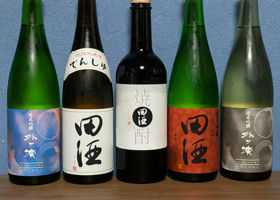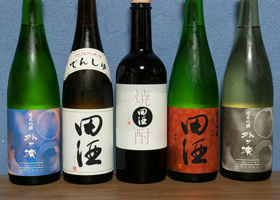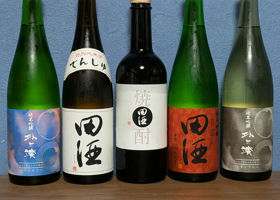
うぴょん(豊盃こそ至高)
Ingredients : Rice, Rice malt
Alcoholic Beverage : 13% Alcohol
Rice type:Yamadanishiki
Rice Polishing Ratio:60
One day when I wanted to try more Hiroshima, I found this one. Let's go right away!
The pleasant fruity sweet aroma of Japanese pear, the clear brewing water that slides right into the bottle, the pear-like sweetness, astringency, and bitterness that spreads pleasantly and gradually. These flavors are not too strong and leave a lingering aftertaste. And yet, it is still light. It seems that Hiroshima is still very deep. I would like to try more Hiroshima. That's all for tonight. Thank you again for the food tonight!
Japanese>English




































